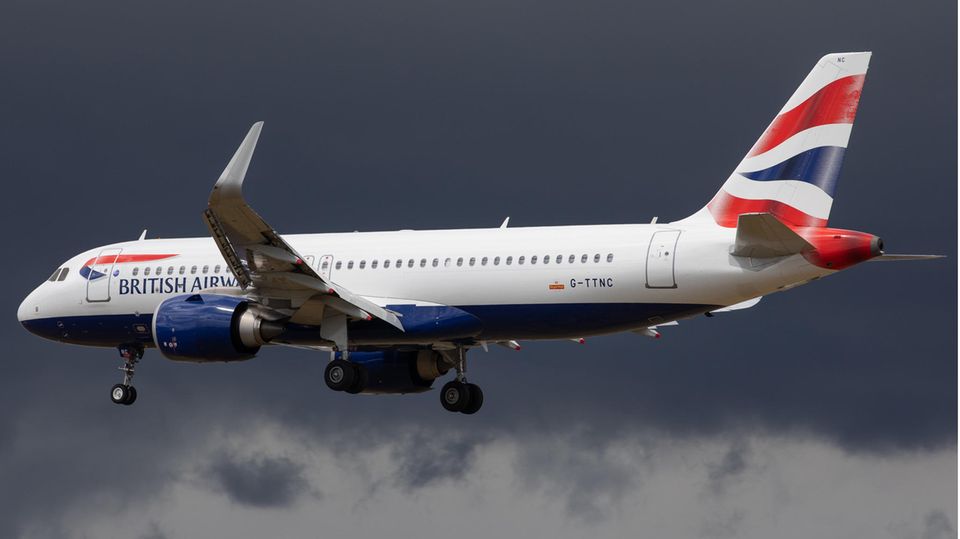Airbus A320
From Frankfurt to Frankfurt: the Lufthansa plane had to turn back – the reason was a small wasp
Small plane against big plane: Sometimes a wasp is enough to disturb a plane.
© Chostakovis / Getty Images
In mid-June, flight LH 210 from Frankfurt to Dresden had to turn around – almost immediately after take-off. The cause later turned out to be a very small stowaway – a wasp had disturbed the instruments.
Passengers aboard flight LH 210 on the Airbus A320 did not get far on Thursday 15 June 2023. The plane took off punctually at 1:55 p.m Frankfurt towards Dresden and landed again at 2:47 p.m. – in Frankfurt. There was nothing more than a small loop, because due to a problem with the speed display, “D-AIUI” returned to be on the safe side.
To the star A spokesman for the company explains the reason for the short flight as follows: “An inspection of the Airbus A320 with the registration D-AIUI revealed that there was a wasp in one of the three pitot tubes.” The small insect ensured that the large flier was unable to report its speed correctly. Since this can have serious consequences, it was decided to turn back.
The so-called Pitot tube, also known as a dynamic pressure probe, is a tube that is open on one side and can be used to measure the total pressure of liquids or gases. If the passage is blocked in places or even completely blocked, the probe will give incorrect values. That can end fatally.
Small tubes, big catastrophes
At least three flights are known to have resulted in a catastrophe due to incorrect measurement data from the probes and subsequent wrong decisions. A faulty pipe is the most likely cause of the Birgenair ALW031 crash on February 6, 1996, which killed 189 people (read more here).
The pipe is also considered to be the cause of the worst accident in the history of Air France. Flight 447 from Rio de Janeiro to Paris appears to have never arrived as ice crystals clogged the probe and disabled the autopilot. The pilots mishandled the situation and the crash occurred – 228 passengers died (read more here). On Aeroperú Flight 603, staff overlooked an adhesive strip on the tube. The instruments also failed here, leading to an accident due to human error.
Pitot tube blockage can be prevented in a number of ways, but never completely eliminated. Normally, the openings are taped over longer periods of time so that nothing gets stuck in the fine tubes. The probes are now also heated so that Flight 447 will never be repeated.
As I said – the pipe cannot always be kept free. The IT Magazine “future zone” cites the keyhole wasp as the main reason for this. The insects prefer artificial cavities and therefore settle quickly and purposefully in openings such as a pitot tube. In Brisbane, Australia, researchers are busy looking for ways to make the airport an unattractive for wasps The main aim is to eliminate food sources, where digger wasps have been a threat for years.
The animals do not always block the probes themselves. It is enough that each probe has to be covered and uncovered before departure because of the impending danger. This safety measure appears to be prone to failure, so it is not uncommon for probes to be stripped of their coverage despite strict protocols.
Also read:
– Death in the Fog of Tenerife: The Blackest Day in Aviation
– “I saw the feet of the stewardess who was torn from the plane”
– Crash of a Ju 52 in the Alps: Final report accuses pilots of “taking a high-risk flight path”.




